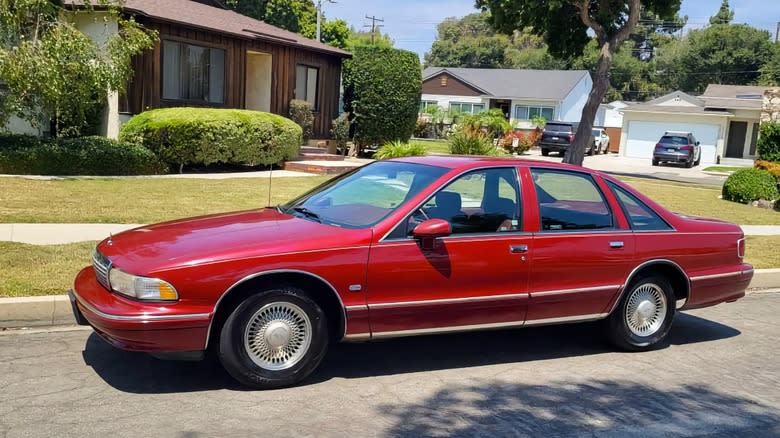
People say "They don't build 'em like they used to," and that is certainly true about today's Nice Price or No Dice Caprice, as no family sedan of this size is presently being built in the U.S. at all. Let's find out what this old-school room should rightfully cost.
Here's a fun question: What do the Japanese carmaker Subaru and Britain's Lotus Cars have in common? If you said that both were, for a time, partially owned by General Motors and Toyota, you would be right. For a few short months in the 1980s, GM and Toyota co-parented Lotus, while in the early 2000s, the American company sold its investment in Subaru to Toyota. Today, Toyota holds a 20% stake in Subaru and the companies share development costs across a few models, including the 2019 Subaru BRZ Limited we looked at yesterday. That car was, and is, sold with few changes as the Toyota 86, but Subaru brand loyalists will tell you the BRZ is better. Not so great was our low-mileage example's $20,000 asking price. Despite its stock appearance and some decent specs, it came away with a 58% No Dice loss.
Read more: Save Your Engine: 5 Tips For Preventing And Cleaning Carbon Buildup
Big Red
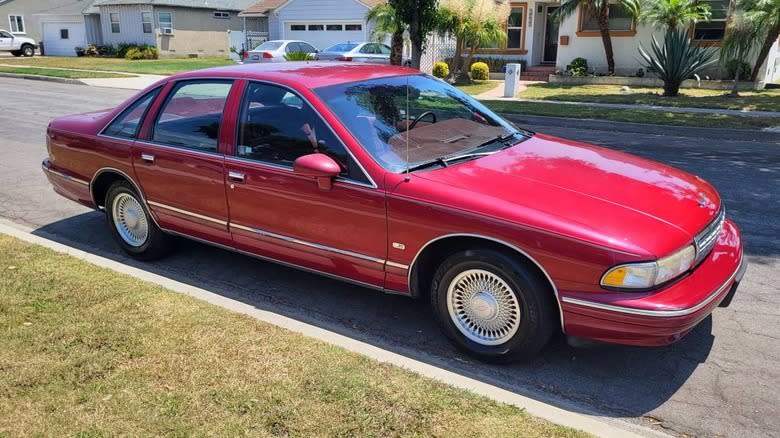
One of the complaints raised in the comments on yesterday's Suboyota was that its dull-as-dishwater gray paint was unbefitting a flashy sports car. That won't be an issue on today's 1993 Chevrolet Caprice Classic, as it is not a sports car, and is painted in 'Medium Garnet Metallic.' That is about as bold a color choice as was ever offered on the big sedan. Matched to that is a set of fine-mesh factory basketweave alloys and, glory of glories, a color-coordinated red velour interior.
Other old-school throwback elements on the car include a strip-style speedometer and a stand-up Chevy Bow Tie ornament gracing the leading edge of the hood. This is all on a car that has flowing '90s-style body lines, which, when introduced, stood in stark contrast to the rectilinear, boxy style of the Caprices that came immediately before. The 1990s Caprice was an obvious response to Ford's wildly successful aero styling that had debuted with the Taurus five years earlier. Naturally, it had practical advantages as well, as drag was reduced from CD.43 to CD.33, offering better fuel economy at speed and an easier time at the car wash.
Granny Panties
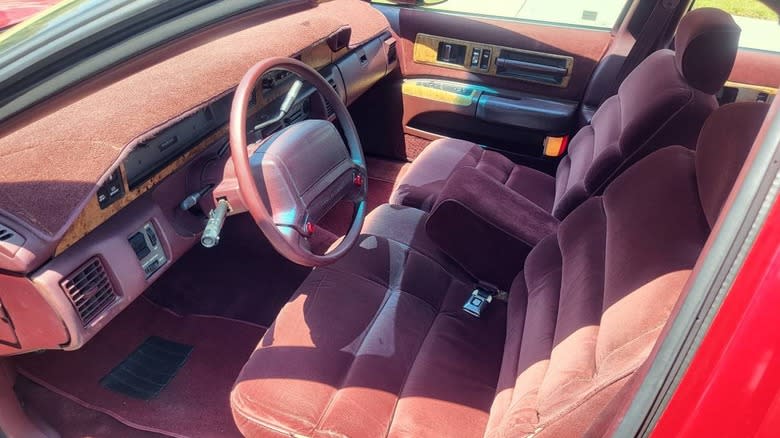
Underneath all that, however, was a platform that was essentially the same as the 1977 Caprice. That includes a short-long arm front suspension and a coil-sprung live axle in the back. Engine offerings this model year were pretty straightforward as well. Civilian spec cars, like this LS, could be fitted with Chevy's 305 CID V8, while the Police spec models earned a 350 CID upgrade. The standard motor makes 170 horsepower and 255 pound-feet of torque, while the bigger engine bests those numbers by 10 more ponies and a more impressive 45 more pound-feet of twist.
By this model year, the V8s, both 5.0 and 5.7, had gained electronically-controlled throttle body fuel injection. The 4L60 four-speed automatic with its column shift was still purely analog, though. Everything else on the car, power steering, power brakes, the climate control, is blissfully mechanical and should be pretty simple to maintain or repair.
Simply Simple
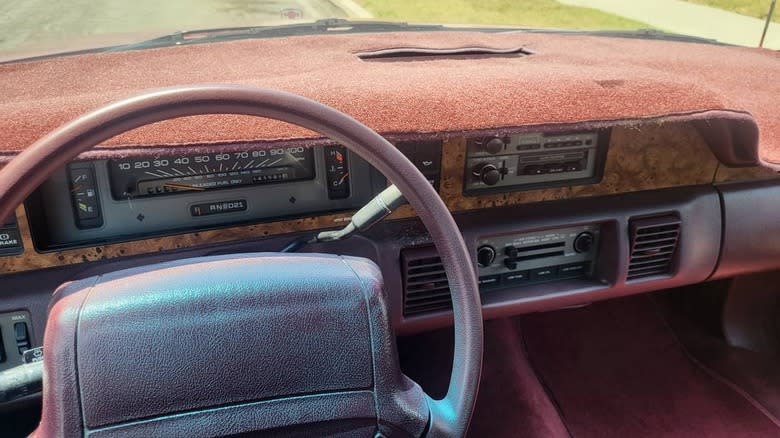
In fact, there's not much to go wrong with this Caprice. That's probably why it's still in solid shape after all these years and the 141,000 miles showing on the odometer. According to the ad, this was an elderly owner's car, and you know what lengths old folks often go to in keeping their stuff nice. You don't see many Gen Zers putting plastic slip covers on their living room furniture, but I bet each of us knew somebody's grandma growing up who did.
There are no covers on this Caprice's seats, but there is a carpet merkin covering the dash. Is that there to mask some evidence of the car's losing battle with the sun, or is it simply protecting against such a fight?
Another obvious sign of the car's age is the fraying of the driver's side seatbelt. That looks to be in really bad shape, although amazingly, replacements from places like Classic Industries are available. According to the seller, the rest of the car is in decent shape, having just passed its smog test. Confidently, they invite prospective buyers to "bring a mechanic" for inspection. Does anyone ever actually do that? I don't know too many mechanics who are on retainer to do used car inspections in the field, and I feel confident enough with my own abilities to do so myself. Still, that might actually be a good money-making venture for the used car market, like home inspectors are for real estate.
Buy It On A Whim?
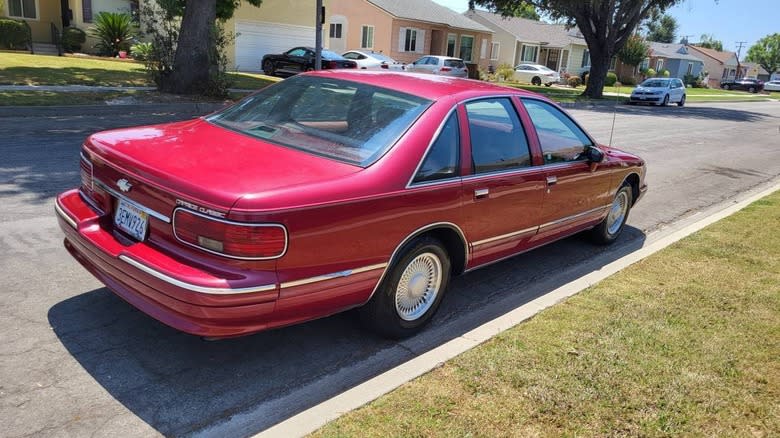
According to Merriam-Webster, Caprice means "a sudden, impulsive, and seemingly unmotivated notion or action." To be honest, that's kind of an odd term to use as a product name. Still, it worked for Chevy for decades, so who are we to judge? We will still need to judge this Caprice's $4,400 asking price and decide if that makes for a worthy impulse purchase.
What's your take on this old-school sedan and that $4,400 asking price? Does that feel like a deal for what appears to be a solid ride? Or at that price, has this Caprice's whimsy worn out its welcome?
You decide!
Nice Price or No Dice:
Los Angeles, California Craigslist, or go here if the ad disappears.
Help me out with NPOND. Contact me at [email protected] and send a fixed-price tip. Remember to include your commenter handle.
Want more like this? Join the Jalopnik newsletter to get the latest auto news sent straight to your inbox...
Read the original article on Jalopnik.
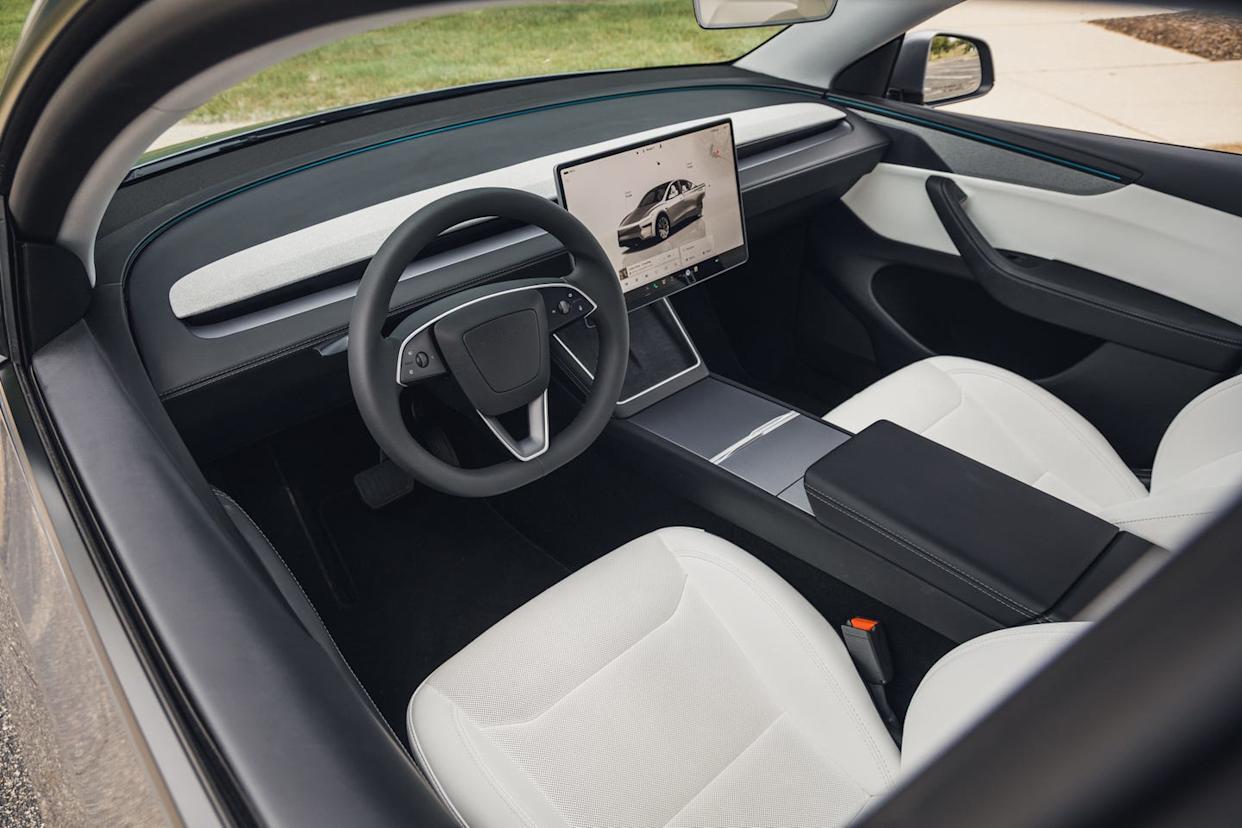
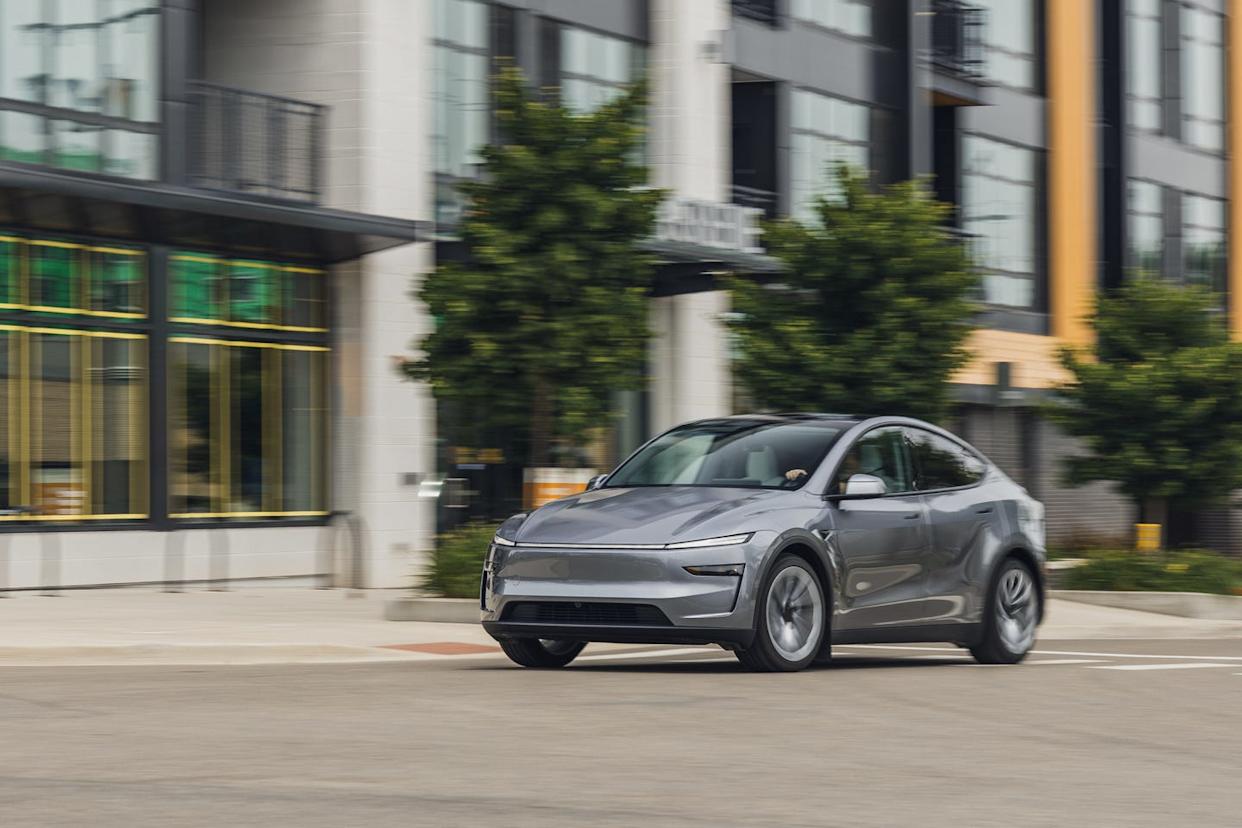
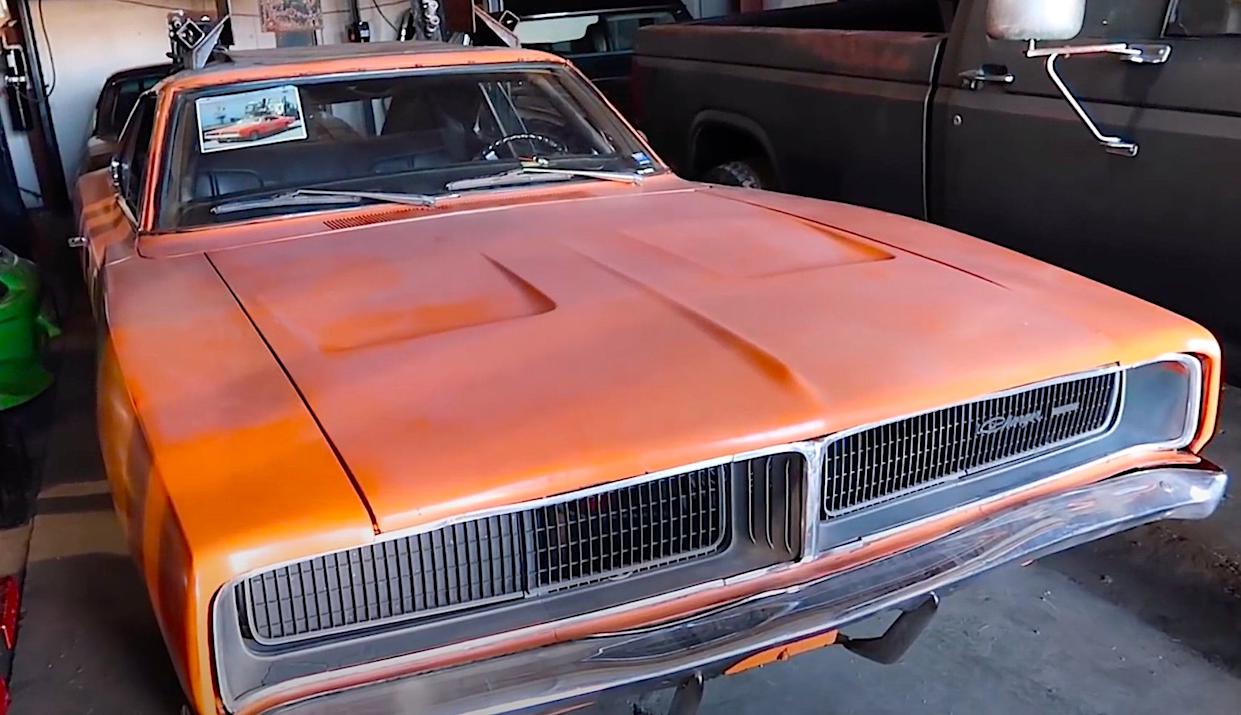
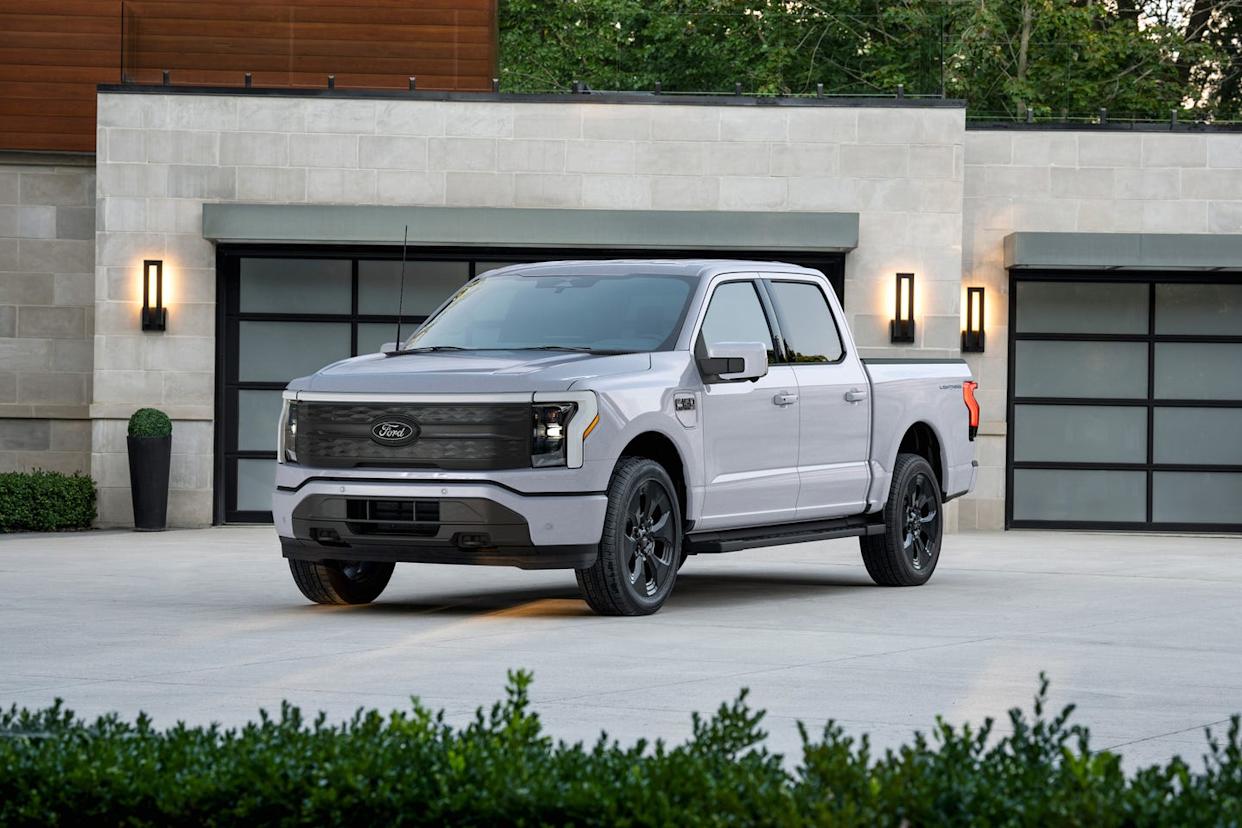

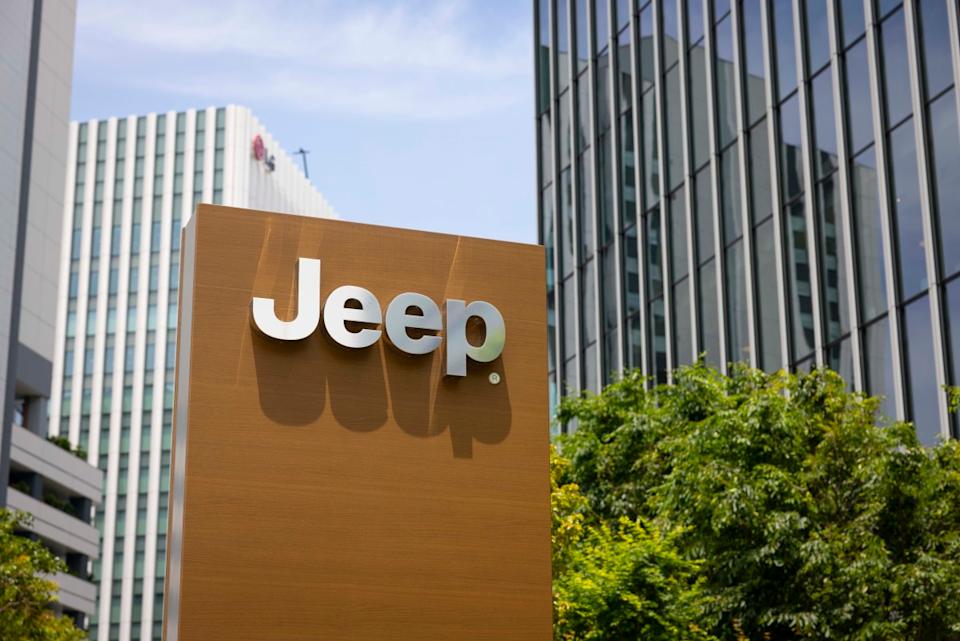

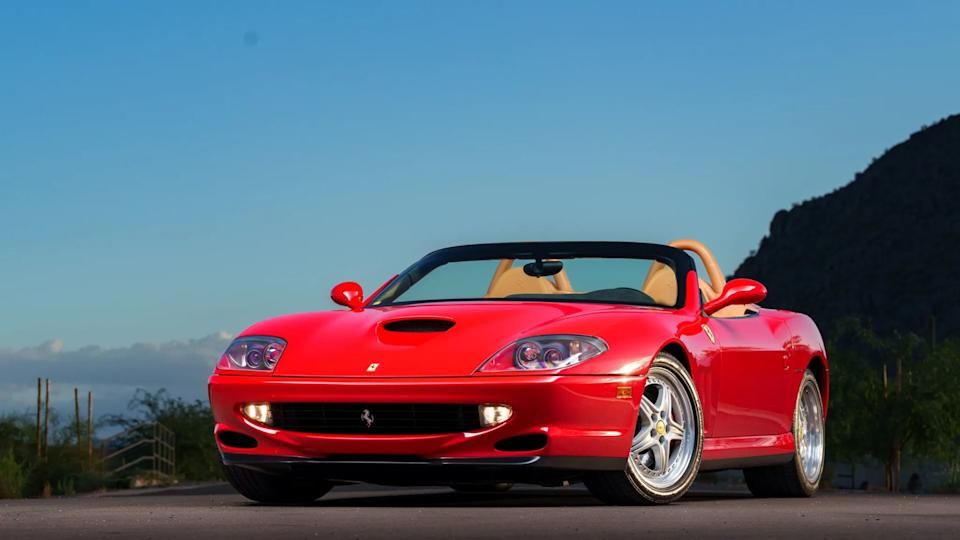
Comments